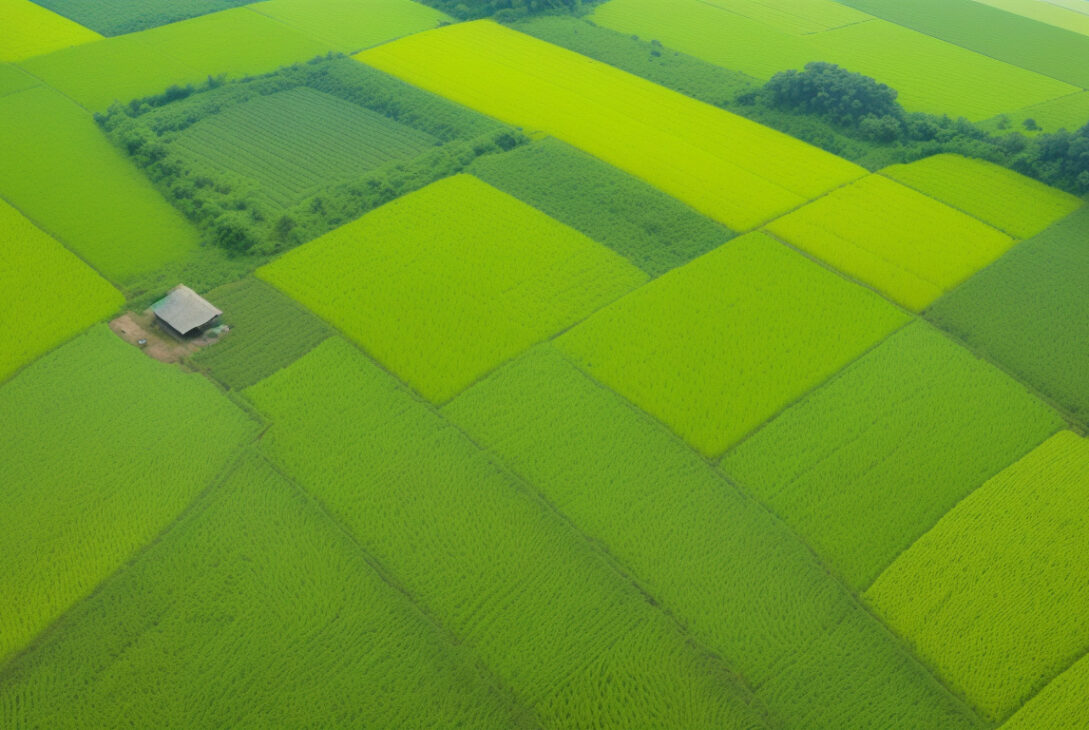Drone Technology Eases Rice Farming, Boosts Yields for Kalinga Farmers
By Iryll Sicnao | Philippine Information Agency | August 13, 2025
Tabuk City, Kalinga — Rice farmers in Kalinga are embracing drone technology to enhance productivity and efficiency in their fields. Under the Department of Agriculture’s (DA) Drones4Rice Project, farmers in Tabuk City and the municipality of Rizal have accessed subsidized drone services for critical farming tasks such as rice seeding, fertilizer distribution, and pesticide application.
To date, the program has supported operations across 160 hectares in Tabuk City alone, according to the Office for the City Agricultural Services (OfCAS). The introduction of drones has revolutionized traditional rice farming methods by making processes more precise and less labor-intensive, enabling farmers to save on labor costs and inputs, and ultimately increasing their crop yields.
Michelle Lumas-i from Tabuk City’s OfCAS explained that drones have significantly reduced the seeding rate required per hectare. “We normally use direct seeding methods in Tabuk and nearby provinces that require 80 to 100 kilograms per hectare. With the drone technology, we have lowered this rate to just 21 to 39 kilograms per hectare,” she said during the Tabuk City Newsbreak program on August 7. In terms of labor expenses, the cost for seeding using drones was drastically cut. “When using drones for seeding, our expenses amount to only about P1,350 per hectare compared to the P12,000 per hectare cost of manual seeding,” Lumas-i added.
Farmers from Rizal’s Calaocan Farmers Association (CFA) also reported notable improvements in yield. Gabriel Balion, acting president of CFA, shared that their harvest nearly doubled after adopting drone services last December 2024. “Previously, our farmers produced around 206 cavans per hectare through traditional manual methods. After using drone technology, our recent harvest in March yielded an average of 430 cavans per hectare, with each cavan weighing about 60 kilograms,” he revealed.
Farmers interested in utilizing the drone services can avail of up to P8,000 worth of services per hectare through their Intervention Monitoring Card. Organized groups may apply for assistance covering up to 10 hectares, while individual farmers are eligible for up to five hectares.
“With the growing interest among farmers in Tabuk, we are encouraging those who wish to participate to organize their schedules early and form clusters of adjacent rice fields managed by a farmers’ group. Starting the next cropping season, we require a minimum cluster area of 25 hectares to maximize the benefits of the program,” Lumas-i said.
The implementation of drone technology marks a significant step toward modernizing rice farming in the Cordillera Administrative Region, providing farmers with innovative tools to increase productivity while reducing costs and labor.
About the Philippine Information Agency
The Philippine Information Agency (PIA) serves as the government’s grassroots communications arm. It strives to provide Filipinos with accurate, timely, and relevant information to support informed decision-making and improve quality of life across the country’s 16 regions.
Contact Information:
Philippine Information Agency
Phone: +63 2 8 926 5129
Email: [email protected]
Photo Caption: A drone spreads fertilizer on rice fields in Tannubong, Ipil, Tabuk City on August 6, 2025. (Photo courtesy of Tabuk City Public Information Office)










